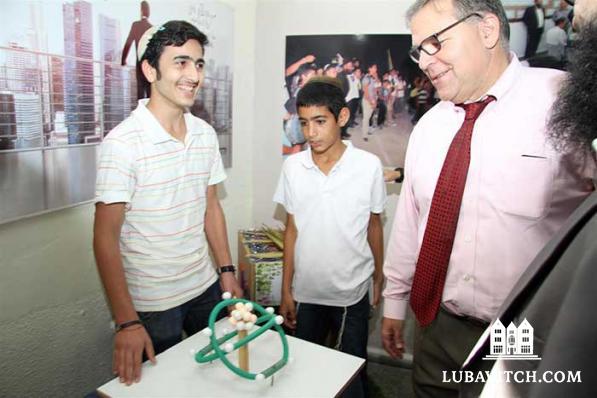There’s been no dearth of data on the sharp decline in Jewish giving and its steady downhill slide, a fact that is forcing major Jewish philanthropies and donors to review their own priorities. Demographic studies gauging patterns in Jewish philanthropy now confirm basic common sense relationships between affiliation and giving: Alas, the fallacy that Jews would remain staunch supporters of Jewish causes while the particulars of their identity would disappear in the great American melting pot, has been exposed.
Yes, there is a direct correlation between Jewish giving and Jewish identity, and between Jewish identity and Jewish education. Jewish education is and always has been the most critical factor in shaping Jewish identity. The Lubavitcher Rebbe knew this well, even without the studies, which is why he devoted his life to the cause of Jewish education in a way that has brought countless thousands out of the melting pot and into the shul.
The Rebbe’s work continues today. Few can match the dedication of his shluchim, and few can match, in sheer quantity, the numbers of Jewish people who are coming through Chabad’s educational institutions: Torah study, prayer, preschools, Hebrew schools, day schools, summer camps, college campuses, adult education programs, humanitarian activities and more, in communities worldwide.
The result: every day, in 87 countries around the world, Jews who did not identify, begin to identify, Jews who did not affiliate, begin to affiliate; Jews who would have married out, marry in, and finally, Jews who would have put their support elsewhere choose to make the cause of Jewish continuity their own.
And yet. There are some 6 million Jews in the U.S. today. Even with Chabad in 49 states, even with many hundreds of Chabad Houses in cities and states from coast-to-coast, too many Jews are slipping through the cracks. We need to double, treble and quadruple our efforts if we are going to turn the statistics around. We need to create a tipping point to turn the tide. We need to partner with others.
Chabad-Lubavitch is a movement inspired by an ideology of Jewish unity and world repair. None will argue that it has become indispensable to Jewish life and Jewish continuity. But to continue to succeed as it has and in ever greater measure, it requires partners. It depends on the support of philanthropists, philanthropic foundations and donors who are genuinely concerned with Jewish continuity, who understand the value and impact of partnering, as the tribes of Zevulun and Yissachar did.
In a discussion about what defines a partnership as concerns the laws of Shabbat, the Mishna (Masechet Shabbat) considers two people engaged in a creative effort. If the work could have been performed satisfactorily by only one of them, it is a less-than-ideal partnership. If, on the other hand, each contributes uniquely to the endeavor, providing something that the other does not, then, say the sages, this is a true partnership. Imagine how different Jewish statistics might look today if philanthropies like the Jewish Federation of North America and others would partner with Chabad on a grand scale. The Federation (which funds various Chabad programs on the local level to the great benefit of those respective communities) is a resource entrusted with billions of dollars by donors who want to advance Jewish education and better Jewish life.
Chabad provides the most committed, most passionate and most innovative human resources team serving Jewish people everywhere in the world with education and access to Jewish texts, traditions and community. Long overdue, such a collaboration, it seems to me, would prove to be a dynamic partnership of potentially dramatic results for Jewish continuity.
Over the many years that I have been privileged to serve the Lubavitcher Rebbe, I’ve had numerous occasions to observe his respectful high regard for those who invested themselves with the shluchim for the benefit of Jewish people everywhere. That they were partners with the Rebbe in his vision, and with the shluchim in their mission, was clearly evidenced by the concern he showed for them and their families, and the blessings he showered upon them. His soul, I am certain, blesses them yet, and will continue to bless all those who embrace his vision of our future, and make it their own.
Rabbi Yehuda Krinsky is the chairman of the Chabad-Lubavitch educational and social services arms.

Be the first to write a comment.